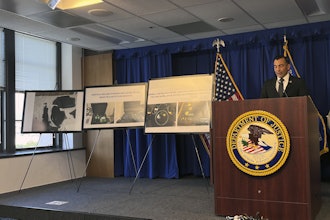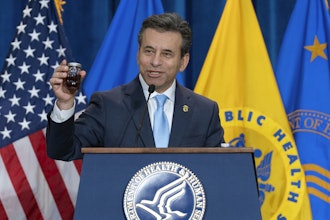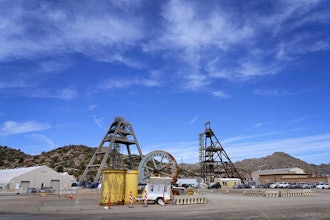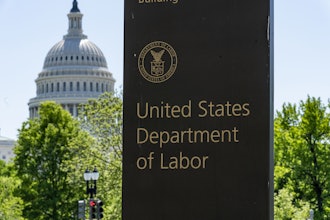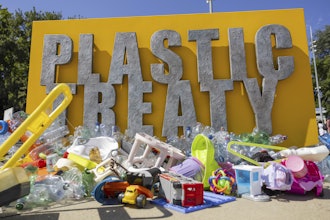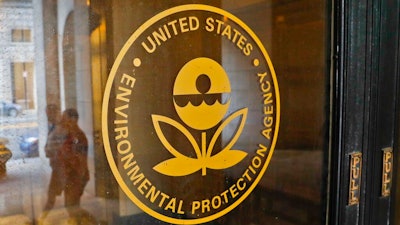
ST. LOUIS (AP) — An old Missouri lead mining site that has been a dormant nuisance for decades may soon get new life, thanks to its vast reserves of a metal vital for use in electric vehicle batteries.
The Environmental Protection Agency on Wednesday announced an agreement allowing a division of Missouri Cobalt LLC to implement a cleanup plan at the Madison County Mines site near Fredericktown. It will remain on the Superfund list, but the cleanup allows reuse for cobalt mining.
It isn't clear how long the cleanup will take or when mining will resume. Missouri Cobalt CEO Michael Hollomon declined comment.
Lead was mined at the site for decades until the early 1960s. The lead waste left behind resulted in the Superfund designation in 2003.
Lead contamination can cause learning disabilities and other problems for children. Blood testing in the 1990s found that up to 15 percent of children living near the old mining site had elevated levels of lead in their blood.
The EPA said recent testing has shown a significant drop in blood-lead levels, but offered no data. Messages seeking comment from state and Madison County health officials were not immediately returned.
Missouri Cobalt's website said it purchased the old mine site in 2018 to tap into the demand for cobalt used in high-performance batteries for electric vehicles made by Tesla, BMW and other companies.
The company believes that while the lead is long gone from the mine, it has the largest reserve of cobalt in North America, estimated at 35 million pounds (16 million kilograms).
Missouri Cobalt said the renewed mining operation will create an estimated 250 permanent jobs. The environmental remediation effort is expected to require an additional 50 workers.
EPA Region 7 Administrator Jim Gulliford said in a statement that efforts to mitigate and reopen the mine "demonstrate how economic and environmental revitalization go hand-in-hand."
As part of the cleanup over the past 16 years, the EPA has removed 626,000 cubic yards (480,000 cubic meters) of soil at more than 1,900 residential properties in and around Fredericktown. The agency also has remediated 87 acres (35 hectares) of mine waste.
The EPA said the new cleanup project will involve consolidating and covering mine waste and contaminated soil, and removing contaminated sediments from water and streams within the property boundary.















